Los Angeles is the second most populous city and metropolitan region in the United States (after New York City). It is the seat of Los Angeles County in southern California. The city sprawls across a huge coastal plain between mountains and the Pacific Ocean; the city is surrounded by 90 other incorporated cities, including Beverly Hills, Pasadena, and Long Beach, which are all part of the much larger Los Angeles county. The county also includes two Channel Islands, Santa Catalina and San Clemente; Mount San Antonio, often known as Mount Baldy or Old Baldy, which stands at 10,046 feet (3,062 meters); about 900 square miles (2,330 square kilometers) of desert; and 75 miles (120 kilometers) of coastline.
Because the city and the county are geographically, culturally, and economically intertwined, any discussion of Los Angeles must include both entities to some extent. The population density varies widely throughout the metropolitan area, from one person per square mile in hilly areas to 50,000 per square mile near downtown Los Angeles.

The city's personality
Los Angeles, the hub of southern California, has only recently become a world-class city. It was only "a large hamlet" at the turn of the twentieth century, which is all the more surprising given that the city lacked some of the necessary building elements associated with cityhood, such as a natural port. Despite its inherent limitations, it rose to prominence as a major center of commerce, agriculture, tourism, and industry.
It has been inextricably linked to a pleasant environment, ample leisure and outdoor recreation, as well as the unique atmosphere of celebrity associated with Hollywood, for more than a century. Los Angeles citizens' (known as Angelenos) way of life is based on the vehicle, idealizes single-family homes, and favors informality. The skyline is mostly horizontal rather than vertical, with a few notable outliers. Los Angeles, like other world cities, is a melting pot of ethnic and racial diversity, owing partly to immigration, and it reflects a widening wealth divide.
Many critics have hurled insults at Los Angeles. Critics describe it as either a relaxed "la-la land" or a country ravaged by earthquakes, fire, smog, gang violence, and rioting. The city's supporters praise the city's warm climate and geographical diversity. They believe that the city's major social issues are identical to those of all major cities, and that they are possibly even less serious there than elsewhere. In fact, some consider it to be the most modern and classic American city.

Site of the eity
The county of Los Angeles is a large and diverse geographical area. It consists of a series of inland valleys, a coastal plain separated by low mountains with steep passes, an arc of even higher mountains, and a long stretch of coastline. Mountain chains cover about half of the county, the majority of which run east-west and have a history of earthquakes, firestorms, and mud slides. The huge and expansive San Gabriel and San Bernardino mountains are to the north and northeast. The Santa Monica Mountains, Puente Hills, Repetto Hills, and San Jose Hills stretch out in front of them in roughly parallel lines from west to east. The San Fernando, San Gabriel, and San Bernardino valleys are separated by these chains. The Santa Ana Mountains are located further south, roughly dividing Orange and Riverside counties. The coastline's distinctive beaches, which draw millions of sun worshippers each year, are a wonderful natural feature of Los Angeles county.
The Santa Clara River, which flows westward, runs through the county; the Los Angeles River, which runs east and south from the San Fernando Valley to the Pacific Ocean; and the San Gabriel River, which starts in the San Gabriel Mountains and travels south to the ocean. Huge floods have frequently inundated significant areas of Los Angeles, necessitating a great deal of human effort to confine the waters within concrete channels. The Los Angeles River channel was permanently altered from its westward outflow into Santa Monica Bay to a south-flowing outlet emptying into San Pedro Bay due to a deluge in historic times (1825). A flood in the winter of 1861–62 turned the Los Angeles basin's western half into a network of lakes interspersed with islands. The San Gabriel River also spilled its banks, merging with the Los Angeles River in a new waterway known as the Rio Hondo at one point.

Climate
The climate in Los Angeles is classed as semiarid or Mediterranean. The region's latitude is far enough south to dissipate the most severe North Pacific winter storms, a cooling layer of marine air moderates the summer sun, and huge mountain ranges buffer the region from potentially violent blasts of desert heat and cold. The mild climate and bowl-like alignment of the ranges, on the other hand, create excellent conditions for another well-known Los Angeles phenomenon: photochemical smog, which has persisted since the 1940s. Despite the fact that tough anti-pollution legislation established by state and local governments have helped minimize the motor vehicle emissions that contribute to smog formation, air quality has remained a severe concern in Los Angeles and many other cities across the state.
The first season, which lasts generally from April to November, is dry and moderately warm; the second, which lasts from November to April, is wet, moderately cool, but rarely frigid. The average temperature in the city is around 64 degrees Fahrenheit (18 degrees Celsius).

Natural surroundings
Despite the region's natural beauty, its other, less appealing features—prolonged droughts, torrential storms, pounding surf, mud slides, wind-fanned fires, and, most notably, earthquakes—pose major problems to human habitation. Earthquakes have been documented in the area throughout recorded history. The expedition headed by Gaspar de Portolá in 1769 was recounted by Juan Crespi, a Franciscan friar and associate of missionary Junpero Serra, who noted that a temblor lasting "as long as half an Ave Maria" tumbled a soldier off his horse as they crossed the Santa Ana River. The San Andreas Fault, which runs through the area and is only 33 miles (53 kilometers) from downtown Los Angeles, is the main fault line.

Layout of the city
Los Angeles is made up of a smattering of towns that are only loosely connected to the metropolitan center. It clearly contradicts the prominent Chicago school of urban thought of the 1920s and beyond, which maintained that a downtown was the center of community activity, with its influence radiating outward in a series of concentric circles.
Apart from those who work there, the vast majority of Angelenos have little contact with downtown in their everyday lives, preferring to work, shop, and engage in recreational activities in the sprawling suburbs. Hollywood, northwest of downtown; Encino, Van Nuys, and North Hollywood in the San Fernando Valley; Century City, Westwood, and Venice on the West Side; and San Pedro and Wilmington in the harbour region are among the outer areas inside the city limits.
People
Ethnic and racial groups' relative positions in Los Angeles have evolved dramatically throughout time. Whites (those of European heritage) were in the minority when the city came under Spanish authority in 1781. Twenty-six of the original 44 settlers were African, Native American, or mixed race. With the exception of some eastern European Jews who arrived in the late 19th and early 20th centuries, southern California drew very few of the immigrant groups from eastern and southern Europe that populated the cities of eastern America. The nonwhite population began to grow after the Mexican Revolution began in 1910 and the influx of Mexican agricultural workers into California.
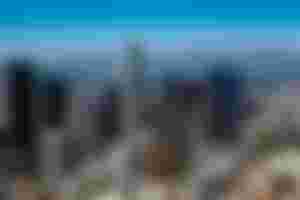
Los Angeles' economy
The regional economy of Southern California is vast, diverse, and in constant flux. Following the planting of the first citrus orchards by Spanish missionaries in the 1700s, agriculture became increasingly significant. Manufacturing has also had a significant role. Financial and business services, high-tech manufacturing, and craft and design sectors like as jewelry, apparel, toys, music, and, most famously, movies are all found in the county. If the Los Angeles metropolitan were a country, it would outperform all but a few of the world's most successful nations in terms of gross national product.
The local economy had a recession in the 1990s after a long era of expansion in the twentieth century. The economy exhibited remarkable resilience, notably in the high-tech sector, as a solid rebound began in the middle of the decade. Construction, transportation, public utilities, and banking were the fastest-growing job sectors by the turn of the century.
Agriculture
Agriculturalists in the past tended to abundant orchards of oranges, lemons, apricots, and peaches, as well as planting large fields of vegetables and raising dairy animals. Los Angeles was the most productive agricultural county in the country by the mid-twentieth century. Although urban development has taken up most of the county's orchards and farmland, agriculture continues to play a part in the regional economy. Nursery and greenhouse plants, vegetables, fruits, nuts, seeds, and hay are among the most important crops.

Manufacturing
When Edward L. Doheny discovered oil beneath a private property in 1892, he sparked an oil-drilling frenzy that turned Los Angeles into one of the world's most important petroleum fields. Industrialism was aided by oil. Following the 1906 earthquake in San Francisco, some of the city's manufacturers relocated to the south, where salaries were lower. The federal government spent large sums of money into industrial expansions throughout WWII. During the Cold War, Los Angeles was undoubtedly the epicenter of what became known as the military-industrial complex, particularly in the aerospace industry, producing enough airplanes and merchant vessels to earn the moniker "Pittsburgh of the West."
Image Sources:
Lead Image by David Mark from Pixabay
Image by JayMantri from Pixabay
Image by Public Co from Pixabay
Image by Ira Gorelick from Pixabay
Image by Bettina Nørgaard from Pixabay
Image by David Mark from Pixabay
Image by David Mark from Pixabay
Image by David Mark from Pixabay
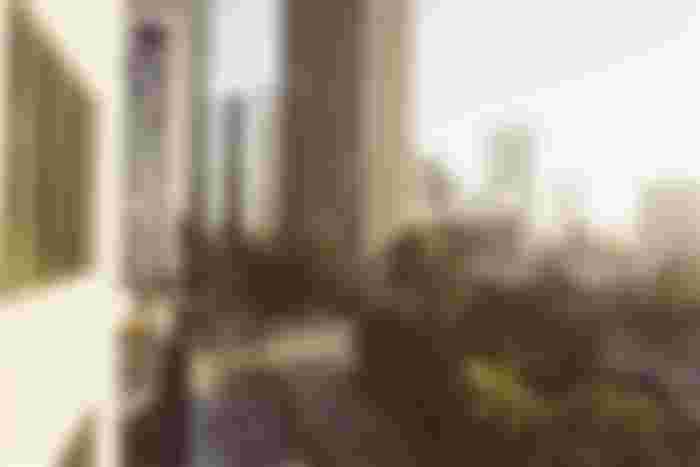
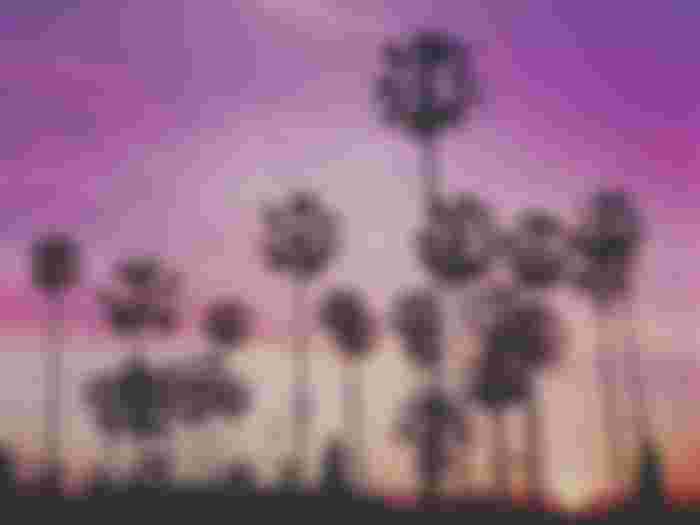

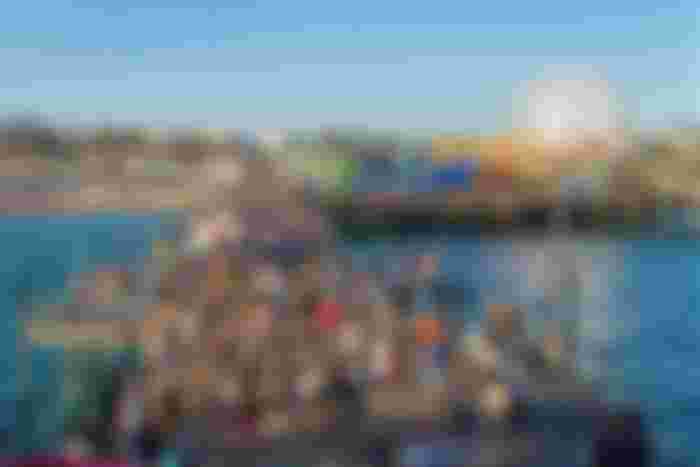
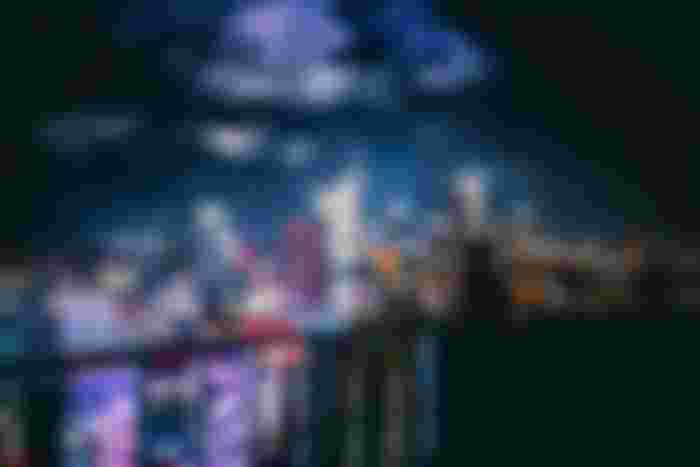
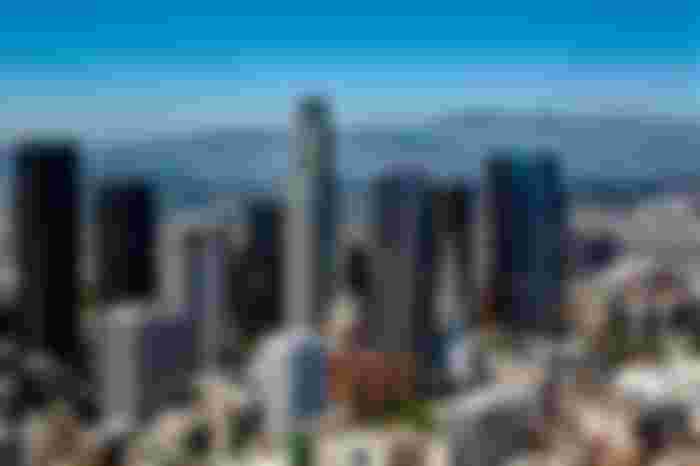

Ohhh found this beautiful place. How i wish i could have the chance to be at LA i know this place has a lot of nice spots ahhhh if ever haha full of capture.